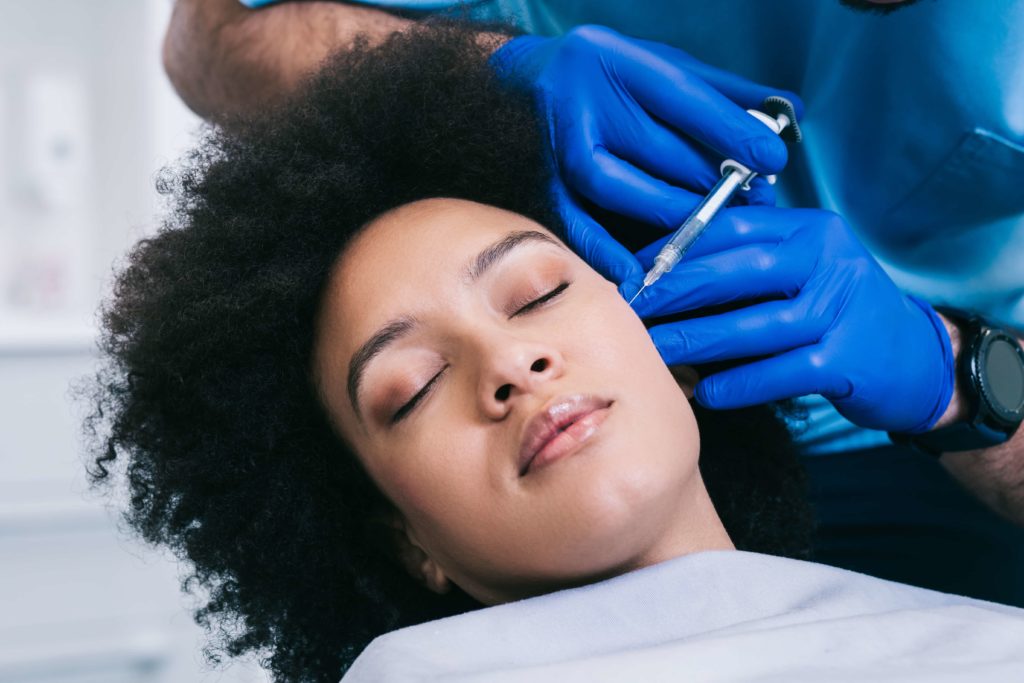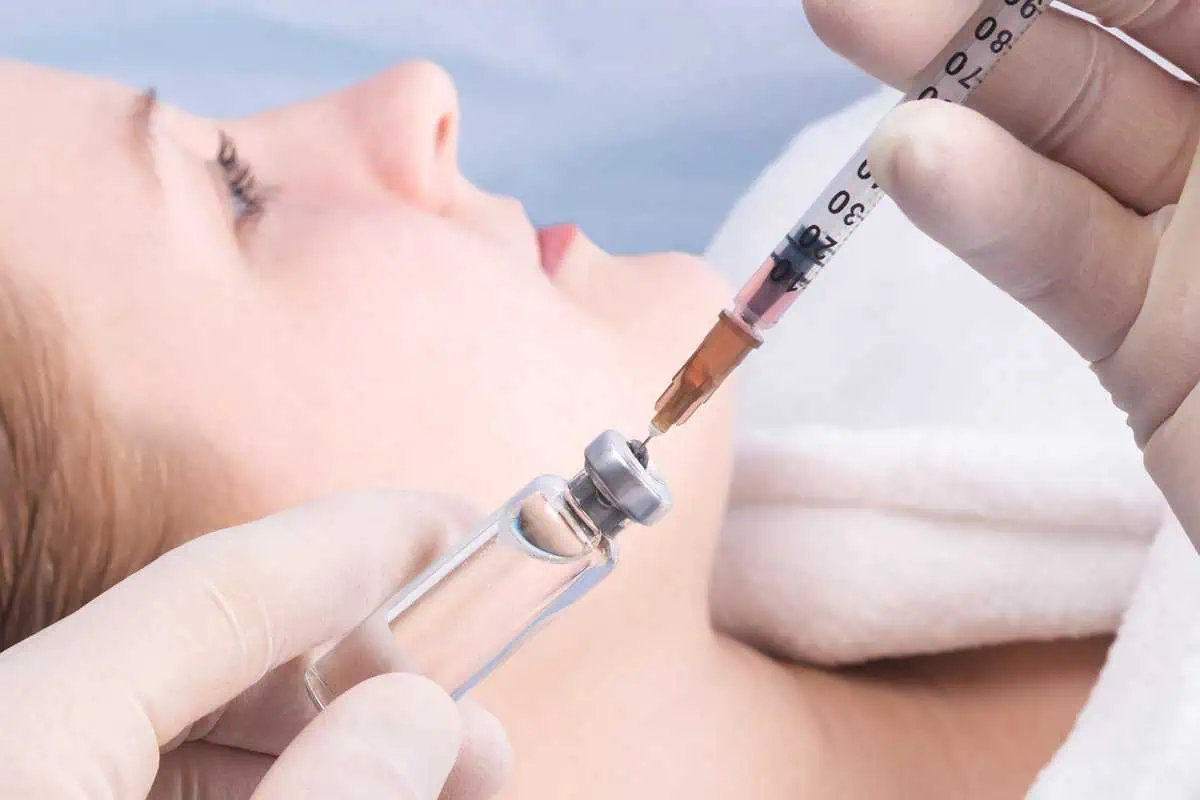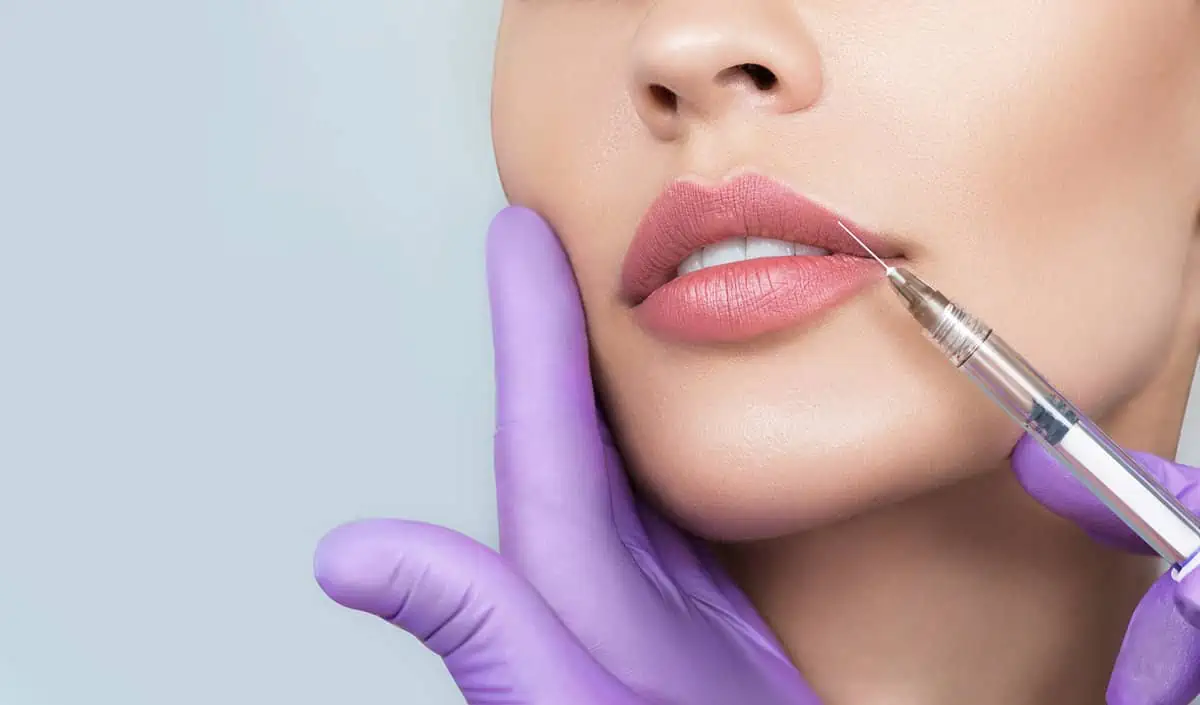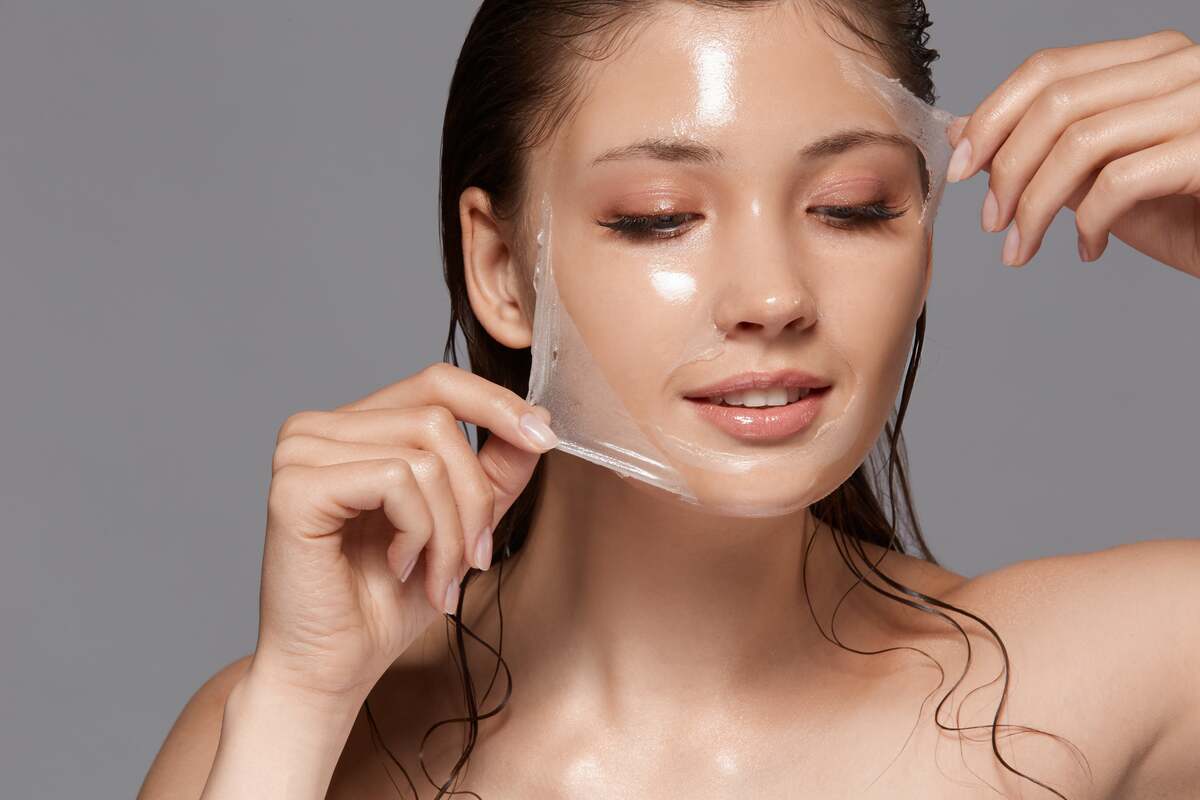There is a growing demand for treatments that can reduce the appearance of crow’s feet and smile lines and increase the volume of a person’s lips, cheeks, and hands.
Wrinkles and volume loss due to age or illness can be remedied with dermal fillers injected into the face and hands. Patients who participated in clinical trials using FDA-approved dermal fillers reported positive outcomes.
However, dermal fillers aren’t suitable for everyone. Not everyone is a reasonable prospect for dermal fillers; people with bleeding disorders or severe allergies, for example. If your physician suggests dermal fillers, you should know they are not without potential risks and benefits. The FDA advises seeking a provider familiar with dermal fillers, has a thorough understanding of the human body, and can effectively manage any possible complications.
If you want to learn about dermal fillers and how they can be helpful to you, then this article is for you.
What Are Dermal Fillers?
Dermal filler injections are a classification of cosmetic procedure that is painless and does not require surgery. Dermal fillers can revitalize lost facial volume and smooth out wrinkles and creases. Your doctor provider will inject these substances subcutaneously.
People who want to look younger or have their features accentuated frequently opt for dermal fillers. As this is a non-critical procedure, the downtime is minimal and usually lasts less than half an hour. Depending on the type used and the treatment area, dermal fillers can produce instant and long-lasting results.
There is a broad scope of dermal filler formulations available. The doctor you see can help you weigh your options. Any cosmetic surgery risks unwanted complications like bruising, bleeding, and infection. Filler injections and other cosmetic procedures are not covered by medical insurance because they are considered cosmetic.
Why People Consider Dermal Fillers?
Producing less collagen is a natural consequence of getting older. The skin, muscles, bones, and connective tissues of the body all rely on collagen. Producing less collagen than is required can cause the skin to sag and lose volume. The skin becomes more translucent, loses its elasticity, and sags.
Common reasons for thinking about dermal fillers include:
- Lift sagging skin by adding volume.
- Bring more balance to your facial features.
- Add volume to your cheeks and lips.
- Fill in the lines and wrinkles on your face.
Types Of Dermal Fillers
Many dermal filler brands are available, each with a varying price tag and a set of promised similar but not identical benefits. Many brands use the same basic formula, despite their distinct appearances. The most common types of dermal filler base formulas are described below.
- Hyaluronic Acid: The body intrinsically produces hyaluronic acid (HA). It hydrates and plumps up the skin. However, aging causes a decrease in the body’s ability to produce hyaluronic acid—so by injecting it into your skin, we also restore your skin’s youthfulness. Injections of HA can have a positive impact for up to a year.
- Poly-L-lactic Acid: PLLA, or poly-L-lactic acid, helps the body produce collagen. Poly-L-lactic acid is the standard treatment used by providers for deep facial wrinkles. The impact could last for two years or more.
- Polymethylmethacrylate: Polymethylmethacrylate (PMMA) fillers are collagen and tiny balls injected under the skin. The hops help your skin look fuller and more supported without compromising its firmness.
- Calcium Hydroxylapatite: CaHA, or calcium hydroxylapatite, is extracted from bone and used as a filler. The effects of most fillers typically wear off after a year. Medical professionals commonly use CaHA fillers to treat deep wrinkles.
Pre-Treatment Assessment
Before getting dermal fillers, you and your doctor will talk things over. There are dermatologists available for those who are having skin problems. You can anticipate a thorough facial examination by discussing your top priorities and desired changes.
You may have a mark on your face with a pen or marker to show where the injections will go. Furthermore, they may take photographs of your face. Your provider will talk to you about the benefits and risks of fillers and the time required for recovery.
The provider will also ask you inquiries about your medical history. Tell your doctor about all the medications you’re taking, as some may increase your risk of complications after getting fillers. Be sure to disclose any allergies, history of bruising, neurological issues, or skin conditions to your provider. Your doctor may advise you to reschedule your dermal filler appointment if any of these conditions worsen while you are undergoing treatment.
Dermal Filler Procedure
Fillers for the skin can be obtained from dermatologists and other providers. Dermal fillers are a standard service offered at medical spas—spa-like medical clinics specializing in cosmetic procedures. Your healthcare provider may apply an anesthetic cream or lotion after first disinfecting your skin. The anesthetic will make the process less uncomfortable.
A medical professional injects minimal amounts of fillers under the skin with a thin needle. Most people report only mild discomfort from these injections, with some saying only a slight pinch or sting from the face. Your provider might decide to inject the fillers in more than one area. Procedure time can range from a few minutes to an hour.
After Procedure
After administering dermal filler injections, your provider will clean your face. You might be given an ice pack for the pain and swelling. These adverse effects are usually not severe and go away within a few days.
Many people report feeling better shortly after getting these injections. However, it appears that people have very different experiences. The time it takes to see results and how long they last depend on several factors, including the type of treatment you received.
Takeaway
Dermal fillers can be used to address wrinkles and skin laxity. Many people choose to get these injections done because their effects are rapid, and they have minimal downtime. Unwanted effects are possible with any cosmetic procedure that a patient undergoes voluntarily. Consult your providers about the benefits and risks of dermal fillers before deciding which one to get.
If you want to learn more about dermal fillers and find the one that works best for you, we encourage you to contact and visit our clinic, KOR Aesthetics.








